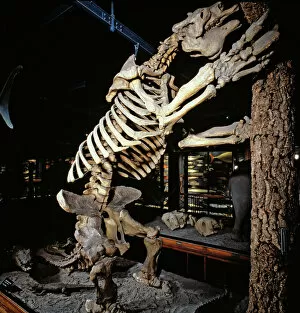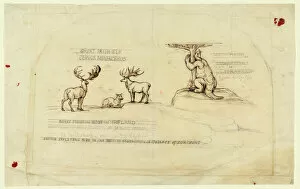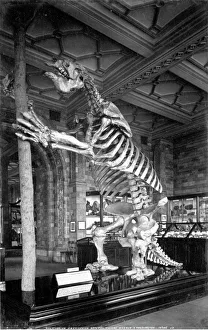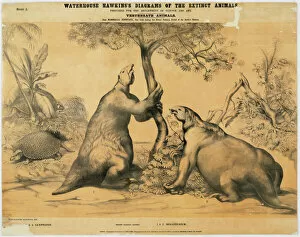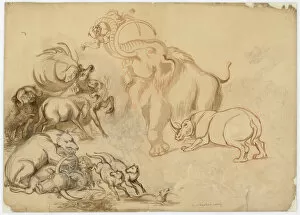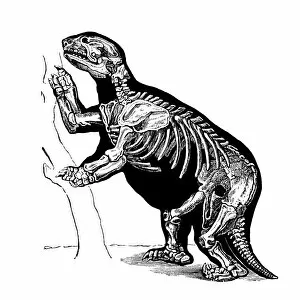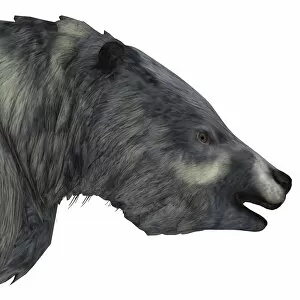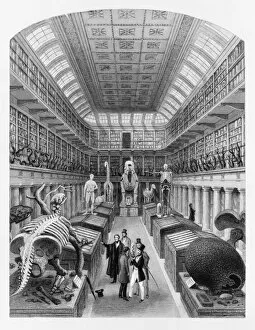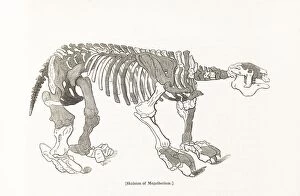Giant Ground Sloth Collection
"Unveiling the Enigmatic Giant Ground Sloth
All Professionally Made to Order for Quick Shipping
"Unveiling the Enigmatic Giant Ground Sloth: A Journey through History and Fossils" Step back in time to the 1800s as we explore the fascinating world of the giant ground sloth, Megatherium. This majestic creature, once roaming the Earth during the Tertiary period, has left an indelible mark on our understanding of prehistoric life. In 1800, Thomas Jefferson's portrait captured his curiosity about these ancient beings. Little did he know that Megatherium would become a symbol of wonder and intrigue for generations to come. The Great Irish Elk and Megatherium shared this era, both captivating imaginations with their immense size and unique features. The Natural History Museum proudly displays a magnificent specimen of this colossal sloth, reminding us of its awe-inspiring presence. Megatherium's companions were not limited to other mammals alone; it formed unlikely friendships with Glyptodon as well. These peculiar pairings further highlight the diversity that thrived during this bygone era. Cuvier Plate from 1804 showcases early attempts at reconstructing Megatherium based on fossil evidence. Restorations like these offer glimpses into what life might have been like alongside these gentle giants. One cannot help but marvel at the fossil skeleton displayed at various museums worldwide - including British Museum's engraving or black-and-white photographs capturing its grandeur. These relics serve as tangible reminders of our planet's rich history. Benjamin Waterhouse Hawkins' sketch brings forth a vivid image of what it must have been like encountering a living giant ground sloth in all its glory – truly an unforgettable sight. As we delve deeper into Megatherium's story, we uncover secrets hidden within each bone fragment unearthed by paleontologists over centuries. Their dedication allows us to piece together fragments from our past and gain insights into Earth's ever-evolving tapestry.


